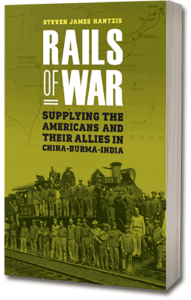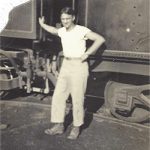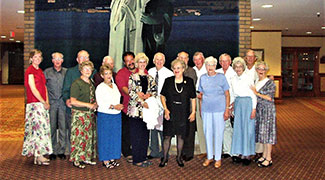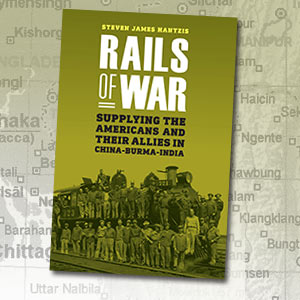
Writing Rails of War


GIs had it rough but, as a kid, I didn’t see that in the photo album. I didn’t see the soaking monsoons, the 100-degree temperatures, the mold and mildew, the jungle rot, the disease, the deadly working conditions, the mud, and pests. I didn’t see the saboteurs. I didn’t see the Bengal Famine that killed millions and engulfed the entire northeast of India during their tour. It wasn’t until I began researching the book in 1993 that I started to grasp the difficulties dad and his unit faced.

I began writing in earnest in 2000. By 2005, the sixtieth anniversary of the end of the war, I sent the men an author’s draft. I also sent the draft to family members, and, in my mind, I had accomplished my first goal, to get the story written and give it to the people who mattered. Since I was still working as a Grand Lodge Representative for the International Association of Machinists and Aerospace Workers (IAMAW), I had plenty on my plate besides writing.

I retired from the IAMAW in January 2013 and began working my way through the family letters. First, I scanned all the letters into PDFs then read and noted them. Then, I exported my notes into a 122-page Word document and began weaving the new color and details back into my original storyline. When I finished, I had a two-volume author’s draft that was a thousand pages long.
Enter literary agent, Ronald Goldfarb, and the world of commercial publishing.

Commercial publishing was, and is, new to me. But, everyone at University of Nebraska Press has been helpful and patient. It’s been a pleasure to work with them, and I’m lucky, indeed. Most importantly, the story of the 721st Railway Operating Battalion and the war in CBI, what historians often call “the forgotten theater,” is forgotten no longer. I hope you enjoy the book.
Steven James Hantzis
[DISPLAY_ULTIMATE_PLUS]

